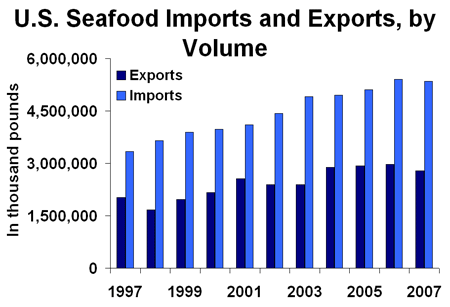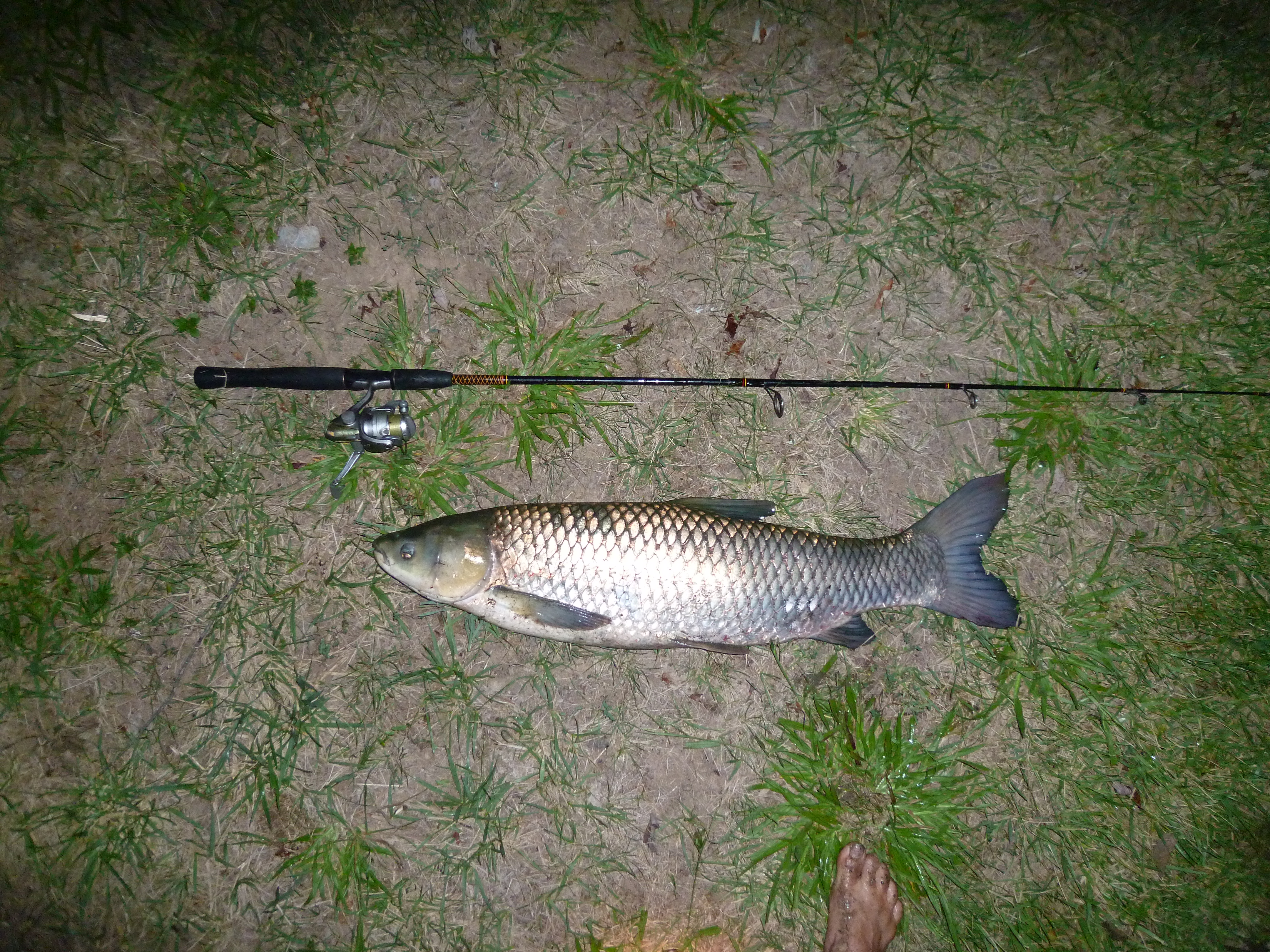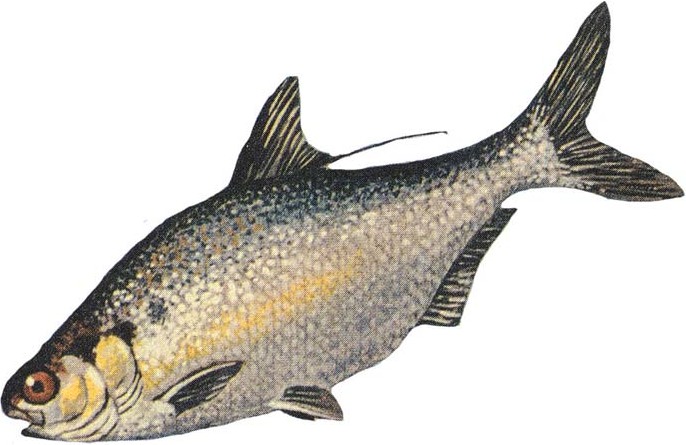|
Highlandtown Lake
Highlandtown Lake is a man-made lake located in Washington Township, Columbiana County, Ohio. It was created in 1966 when the State of Ohio built a dam impounding of water on the upper drainage of the Little Yellow Creek. A lot of habitat improvement was done on what would be the bottom of the lake prior to the impoundment. It has about of shoreline and a maximum depth of about . The lake is about above sea level. The dam is of earthen construction, rock fill. Its height is with a length of . Maximum discharge is 4196 cubic feet per second. Its capacity is . Normal storage is . It drains an area of . Location It is in the Wildlife District Three of the Ohio Division of Wildlife. It is part of the Highlandtown Wildlife Area. It is within a mile of an area known as Highlandtown. It is four miles northeast of Salineville via State Route 39 and nine miles south of Lisbon via State Route 164. It is 11 miles northwest of Wellsville via State Route 39. A portion of the Steu ... [...More Info...] [...Related Items...] OR: [Wikipedia] [Google] [Baidu] |
Washington Township, Columbiana County, Ohio
Washington Township is one of the eighteen townships of Columbiana County, Ohio, United States. The 2020 census reported 2,002 people living in the township. Geography Located in the southern part of the county, it borders the following townships: * Wayne Township - north * Madison Township - northeast * Yellow Creek Township - east * Brush Creek Township, Jefferson County - south * Fox Township, Carroll County - west * Franklin Township - northwest One village is located in Washington Township: *The village of Salineville, in the west Name and history It is one of forty-three Washington Townships statewide. The township was organized in 1816, and was originally known as ''Saline Township''. Government The township is governed by a three-member board of trustees, who are elected in November of odd-numbered years to a four-year term beginning on the following January 1. Two are elected in the year after the presidential election and one is elected in the year before it. Ther ... [...More Info...] [...Related Items...] OR: [Wikipedia] [Google] [Baidu] |
Channel Catfish
The channel catfish (''Ictalurus punctatus'') is North America's most numerous catfish species. It is the official fish of Kansas, Missouri, Iowa, Nebraska, and Tennessee, and is informally referred to as a "channel cat". In the United States, they are the most fished catfish species with around 8 million anglers targeting them per year. The popularity of channel catfish for food has contributed to the rapid expansion of aquaculture of this species in the United States. It has also been widely introduced in Europe, Asia and South America, and it is legally considered an invasive species in many countries. Distribution and habitat Channel catfish are native to the Nearctic, being well distributed in lower Canada and the eastern and northern United States, as well as parts of northern Mexico. They have also been introduced into some waters of landlocked Europe (Czech Republic and Romania) and parts of Malaysia and almost as many parts of Indonesia. They thrive in small and large ri ... [...More Info...] [...Related Items...] OR: [Wikipedia] [Google] [Baidu] |
Fishing In The United States
As with other countries, the exclusive economic zone (EEZ) off the coast of the United States gives its fishing industry special fishing rights. It covers 11.4 million square kilometres (4.38 million sq mi), which is the second largest zone in the world, exceeding the land area of the United States. According to the FAO, in 2005, the United States harvested 4,888,621 tonnes of fish from wild fisheries, and another 471,958 tonnes from aquaculture. This made the United States the fifth leading producer of fish, after China, Peru, India, and Indonesia, with 3.8 percent of the world total. Management Historically, fisheries developed in the U.S. as each area was settled. Concern for the sustainability of fishery resources was evident as early as 1871, when Congress wrote that "... the most valuable food fishes of the coast and the lakes of the U.S. are rapidly diminishing in number, to the public injury, and so as materially to affect the interests of trade and commerce..." Ho ... [...More Info...] [...Related Items...] OR: [Wikipedia] [Google] [Baidu] |
Dams Completed In 1966
A dam is a barrier that stops or restricts the flow of surface water or underground streams. Reservoirs created by dams not only suppress floods but also provide water for activities such as irrigation, human consumption, industrial use, aquaculture, and navigability. Hydropower is often used in conjunction with dams to generate electricity. A dam can also be used to collect or store water which can be evenly distributed between locations. Dams generally serve the primary purpose of retaining water, while other structures such as floodgates or levees (also known as dikes) are used to manage or prevent water flow into specific land regions. The earliest known dam is the Jawa Dam in Jordan, dating to 3,000 BC. The word ''dam'' can be traced back to Middle English, and before that, from Middle Dutch, as seen in the names of many old cities, such as Amsterdam and Rotterdam. History Ancient dams Early dam building took place in Mesopotamia and the Middle East. Dams were us ... [...More Info...] [...Related Items...] OR: [Wikipedia] [Google] [Baidu] |
Reservoirs In Ohio
A reservoir (; from French ''réservoir'' ) is an enlarged lake behind a dam. Such a dam may be either artificial, built to store fresh water or it may be a natural formation. Reservoirs can be created in a number of ways, including controlling a watercourse that drains an existing body of water, interrupting a watercourse to form an embayment within it, through excavation, or building any number of retaining walls or levees. In other contexts, "reservoirs" may refer to storage spaces for various fluids; they may hold liquids or gasses, including hydrocarbons. ''Tank reservoirs'' store these in ground-level, elevated, or buried tanks. Tank reservoirs for water are also called cisterns. Most underground reservoirs are used to store liquids, principally either water or petroleum. Types Dammed valleys Dammed reservoirs are artificial lakes created and controlled by a dam constructed across a valley, and rely on the natural topography to provide most of the basin of the ... [...More Info...] [...Related Items...] OR: [Wikipedia] [Google] [Baidu] |
Grass Carp
The grass carp (''Ctenopharyngodon idella'') is a species of large herbivorous freshwater fish in the family Cyprinidae, native to the Pacific Far East, with a native range stretching from northern Vietnam to the Amur River on the Sino-Russian border.Mandrak and Cudmore. 2004''Biological Synopsis of Grass Carp (Ctenopharyngodon idella)''. This Asian carp is the only species of the genus ''Ctenopharyngodon''. Grass carp are resident fish of large turbid rivers and associated floodplain lakes/wetlands with a wide range of temperature tolerance, and spawn at temperatures of . It is cultivated as a food fish in China for centuries, but was introduced in Europe and the United States for aquatic weed control, becoming the fish species with the largest reported farmed production globally, over five million tonnes per year. [...More Info...] [...Related Items...] OR: [Wikipedia] [Google] [Baidu] |
American Gizzard Shad
The American gizzard shad (''Dorosoma cepedianum''), also known as the mud shad, is a member of the herring family of fish, and is native to large swaths of fresh and brackish waters of the United States of America. The adult has a deep body, with a silvery-green coloration above fading to plain silver below. The gizzard shad commonly resides in freshwater lakes, reservoirs, rivers, and streams, but can reside in brackish waters, as it does on the Atlantic coast of the United States. Their range is across most of the continental United States, although they typically go no further north than New York and no further west than New Mexico. They are a large part of many of the ecosystems they inhabit, and can drive changes in phyto- and zooplankton, thereby indirectly affecting other planktivorous fishes. The gizzard shad has been widely used as a food source for game fish, with varied success in management and effectiveness. Physical description The gizzard shad's dorsal fin sta ... [...More Info...] [...Related Items...] OR: [Wikipedia] [Google] [Baidu] |
Centrarchidae
Centrarchidae, better known as sunfishes, is a family of freshwater ray-finned fish belonging to the order Perciformes (formerly belonging to the deprecated order Centrarchiformes), native only to North America. There are eight universally included genera within the centrarchid family: ''Lepomis'' (true sunfishes), '' Micropterus'' (black basses), ''Pomoxis'' ( crappies), ''Enneacanthus'' (banded sunfishes), ''Centrarchus'' (type genus, consisting solely of the flier ''C. macropterus''), ''Archoplites'' ( Sacramento perch), ''Ambloplites'' (rock basses), and ''Acantharchus'' (mud sunfish). A genetic study in 2012 suggests that the highly distinct pygmy sunfishes of the genus '' Elassoma'' are also centarchids. The centrarchid family comprises 38 identified species, 34 of which are extant. It includes many popular game fishes familiar to North American anglers, such as the rock bass, largemouth bass, bluegill, pumpkinseed, green sunfish and crappies. Most sunfish are h ... [...More Info...] [...Related Items...] OR: [Wikipedia] [Google] [Baidu] |
Pumpkinseed
The pumpkinseed (''Lepomis gibbosus''), also referred to as pond perch, common sunfish, punkie, sunfish, sunny, and kivver, is a small/medium-sized North American freshwater fish of the genus ''Lepomis'' (true sunfishes), from family Centrarchidae (sunfishes, crappies and black basses) in the order Perciformes. Distribution and habitat The pumpkinseed's natural range in North America is from New Brunswick down the east coast to South Carolina. It then runs inland to the middle of North America, and extends through Iowa and back through Pennsylvania. Pumpkinseed sunfish have however been introduced throughout most of North America. They can now be found from Washington and Oregon on the Pacific Coast to Georgia on the Atlantic Coast. Yet they are primarily found in the northeastern United States and more rarely in the south-central or southwestern region of the continent. [...More Info...] [...Related Items...] OR: [Wikipedia] [Google] [Baidu] |
Brown Bullhead
The brown bullhead (''Ameiurus nebulosus'') is a fish of the family Ictaluridae that is widely distributed in North America. It is a species of bullhead catfish and is similar to the black bullhead (''Ameiurus melas'') and yellow bullhead (''Ameiurus natalis''). It was originally described as ''Pimelodus nebulosus'' by Charles Alexandre Lesueur in 1819, and is also referred to as ''Ictalurus nebulosus''. The brown bullhead is also widely known as the "mud pout", "horned pout", "hornpout", or simply "mud cat", a name also used with the other bullhead species. The brown bullhead is important as a clan symbol of the Ojibwe people. In their tradition, the bullhead or is one of six beings that came out of the sea to form the original clans. Appearance The brown bullhead grows to be approximately in length and is a darker brown-green dorsally, growing lighter green and yellow towards the ventral surface. The belly is off-white or cream, and the fish has no scales. Additionally, t ... [...More Info...] [...Related Items...] OR: [Wikipedia] [Google] [Baidu] |
Black Crappie
The black crappie (''Pomoxis nigromaculatus'') is a freshwater fish found in North America, one of the two types of crappies. It is very similar to the white crappie in size, shape, and habits, except that it is darker, with a pattern of black spots. Taxonomy ''Pomoxis'', the genus name, is Greek: "poma, -atos" and "oxys" meaning sharp operculum. This references the fish's spined gill covers. The species name, ''nigromaculatus'', is derived from Latin and means "black-spotted". Description Black crappies are most accurately identified by the seven or eight spines on its dorsal fin (white crappies have five or six dorsal spines). Crappies have a deep and laterally compressed body. They are usually silvery-gray to green in color and show irregular or mottled black splotches over the entire body. Black crappies have rows of dark spots on their dorsal, anal, and caudal fins. The dorsal and anal fins resemble each other in shape. Both crappies have large mouths extending to below th ... [...More Info...] [...Related Items...] OR: [Wikipedia] [Google] [Baidu] |
Bluegill
The bluegill (''Lepomis macrochirus''), sometimes referred to as "bream", "brim", "sunny", or "copper nose" as is common in Texas, is a species of North American freshwater fish, native to and commonly found in streams, rivers, lakes, ponds and wetlands east of the Rocky Mountains. It is the type species of the genus ''Lepomis'' (true sunfish), from the family Centrarchidae (sunfishes, crappies and black basses) in the order Perciformes (perch-like fish). Bluegills can grow up to long and about . While their color can vary from population to population, they typically have a very distinctive coloring, with deep blue and purple on the face and gill cover, dark olive-colored bands down the side, and a fiery orange to yellow belly. They are omnivorous and will consume anything they can fit in their mouth, but mostly feed on small aquatic insects and baitfishes. The fish are important prey for bass, other larger sunfish, northern pike and muskellunge, walleye, trout, h ... [...More Info...] [...Related Items...] OR: [Wikipedia] [Google] [Baidu] |








